Articles > Geography
Know Austria Largest Cities? Here are the top 25 to get you started.
1. Vienna (Population: 2,028,289)
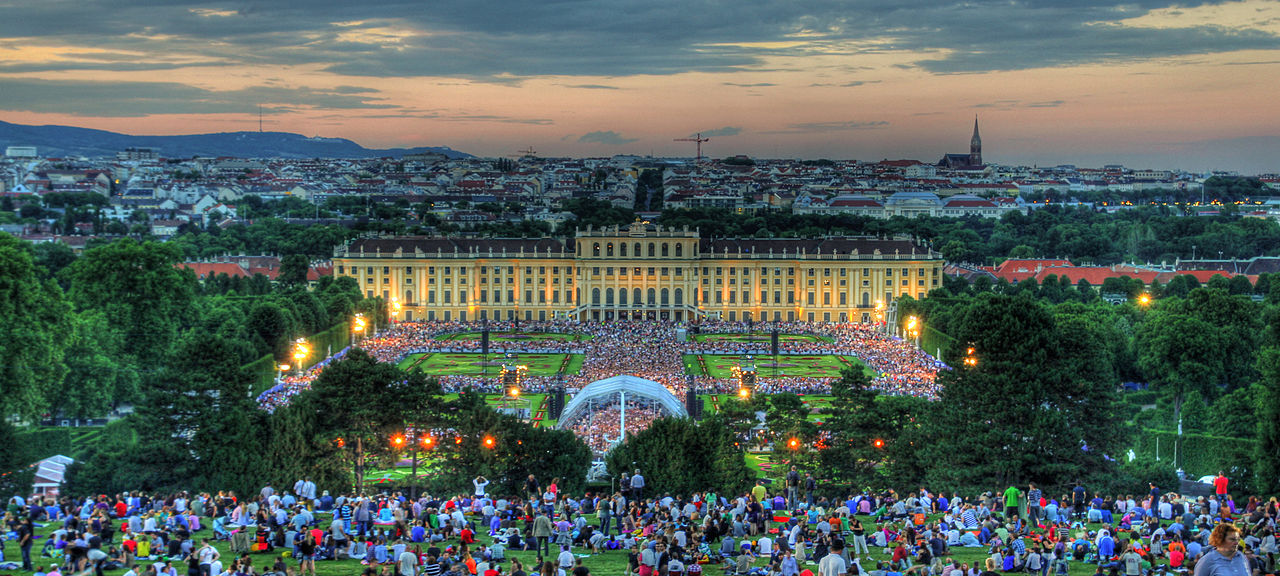
Vienna, Austria’s capital, is celebrated for its imperial palaces, classical music heritage, and vibrant coffeehouse culture. From Schönbrunn Palace to the historic Ringstrasse, the city blends grandeur with modern sophistication.
Interesting Fact:
Vienna has been ranked the world’s most livable city multiple times by the Mercer Quality of Living Survey.
2. Graz (Population: 305,314)
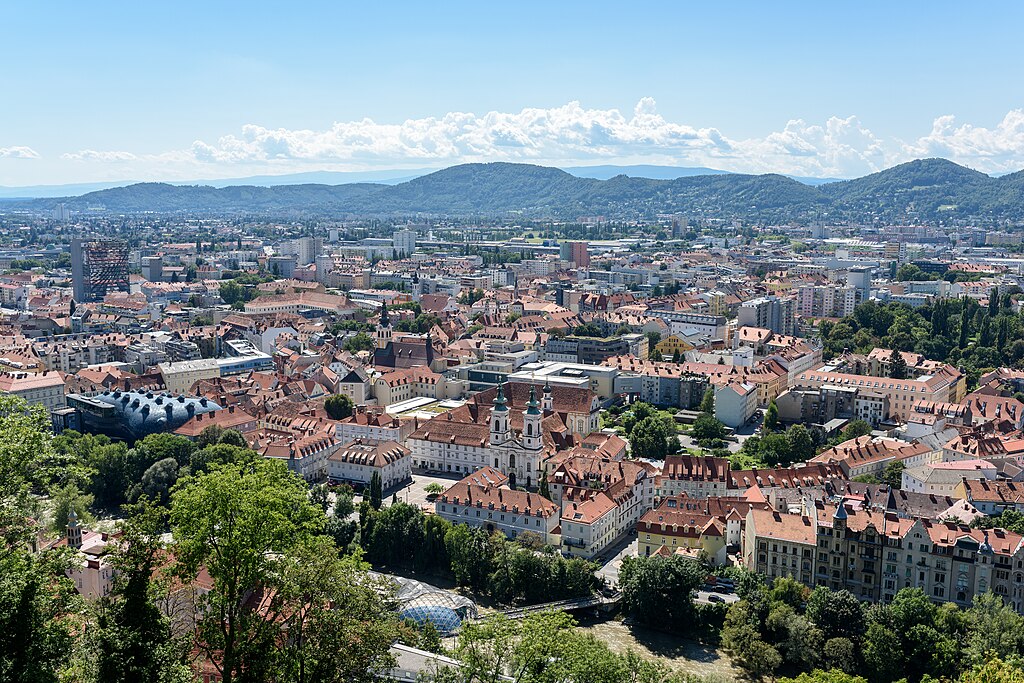
Graz, the capital of Styria, is known for its medieval old town, modern art scene, and green spaces. The city’s Schlossberg hill offers panoramic views and a famous clock tower.
Interesting Fact:
Graz’s old town is a UNESCO World Heritage Site.
3. Linz (Population: 213,557)
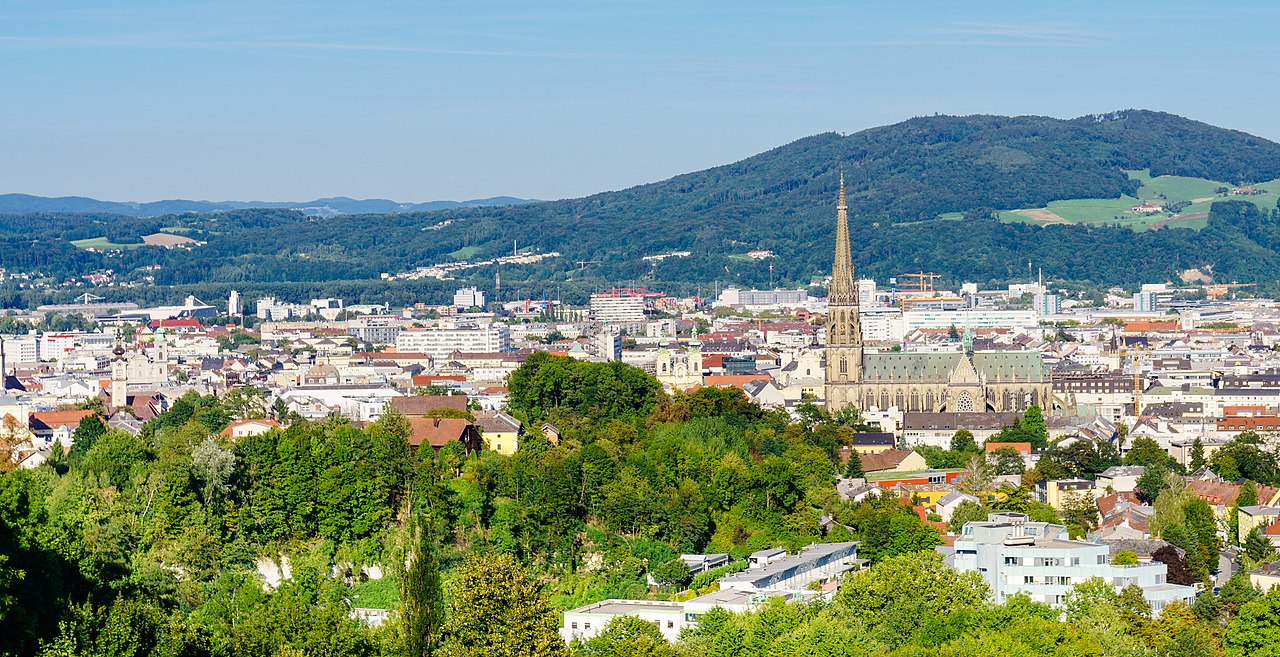
Linz, on the Danube River, is a center for industry, culture, and technology. It hosts the annual Ars Electronica Festival, celebrating art, technology, and society.
Interesting Fact:
Linz was named European Capital of Culture in 2009.
4. Salzburg (Population: 157,659)
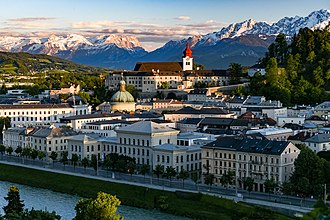
Salzburg is famed for its baroque architecture, alpine backdrop, and as the birthplace of Wolfgang Amadeus Mozart. The city’s fortress dominates the skyline.
Interesting Fact:
The city hosts the world-renowned Salzburg Festival, a major celebration of music and drama.
5. Innsbruck (Population: 132,499)
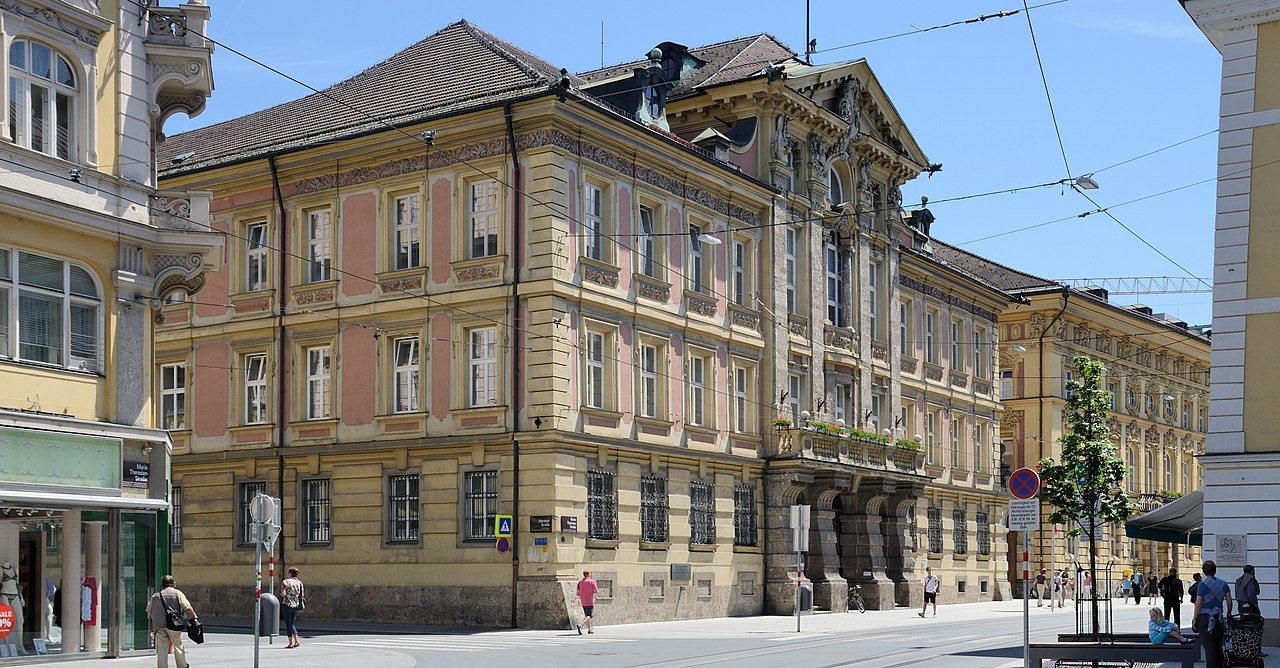
Innsbruck, in the Austrian Alps, is known for winter sports, colorful old town, and imperial history. It has hosted the Winter Olympics twice.
Interesting Fact:
The city’s Golden Roof, built in 1500, is a landmark covered with 2,657 gilded copper tiles.
6. Klagenfurt am Wörthersee (Population: 105,256)
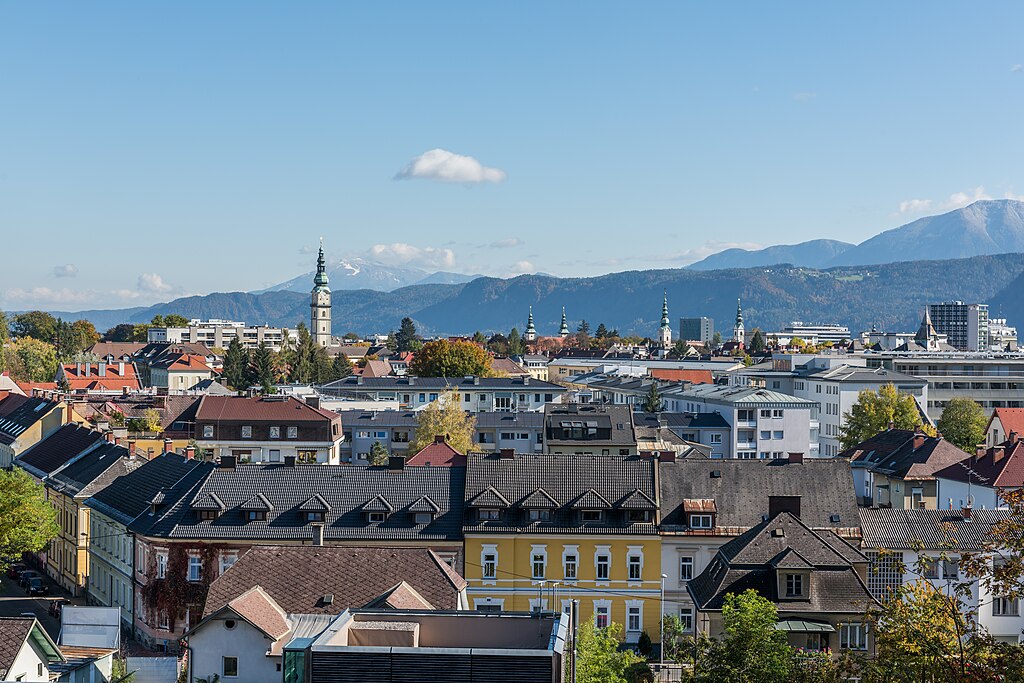
Klagenfurt, on the shores of Lake Wörthersee, offers historic architecture and lakeside leisure. Its Renaissance-style old town is particularly charming.
Interesting Fact:
Klagenfurt’s Lindwurm Fountain features a dragon, symbolizing a local legend.
7. Villach (Population: 65,749)
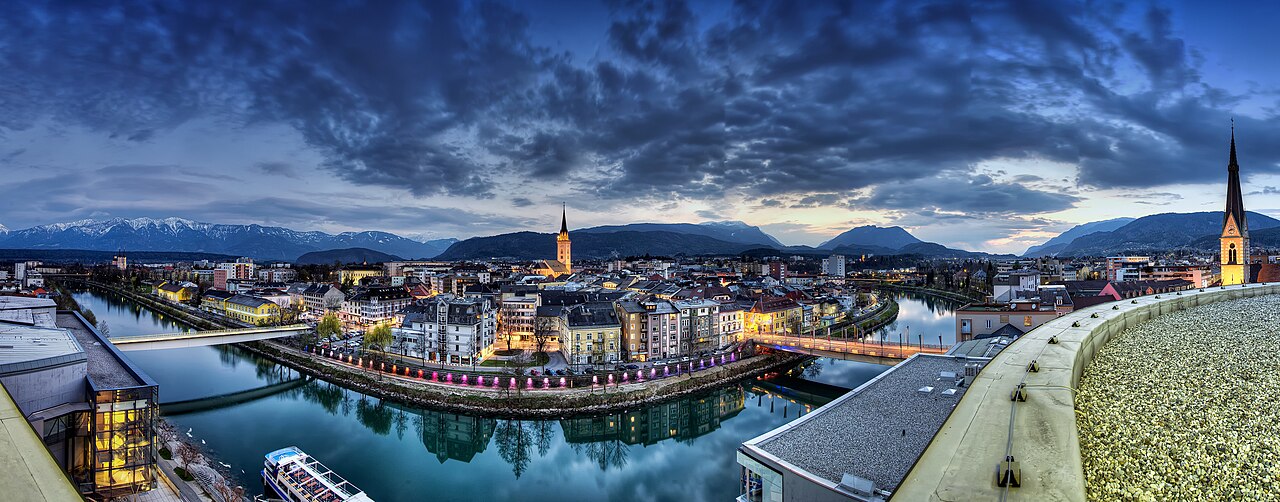
Villach is a gateway to alpine lakes and ski resorts. Its carnival celebrations are among Austria’s largest.
Interesting Fact:
The Villacher Kirchtag is the biggest traditional folk festival in Austria.
8. Wels (Population: 65,482)
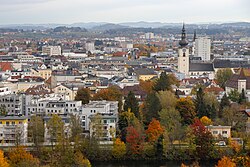
Wels, in Upper Austria, is a trade and exhibition hub with a rich Roman history.
Interesting Fact:
Wels was once an important Roman settlement known as Ovilava.
9. Sankt Pölten (Population: 59,767)
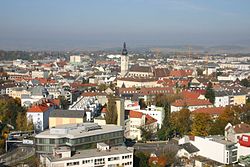
Sankt Pölten, capital of Lower Austria, blends baroque architecture with modern urban planning.
Interesting Fact:
It became the state capital only in 1986, making it Austria’s newest capital city.
10. Dornbirn (Population: 52,108)
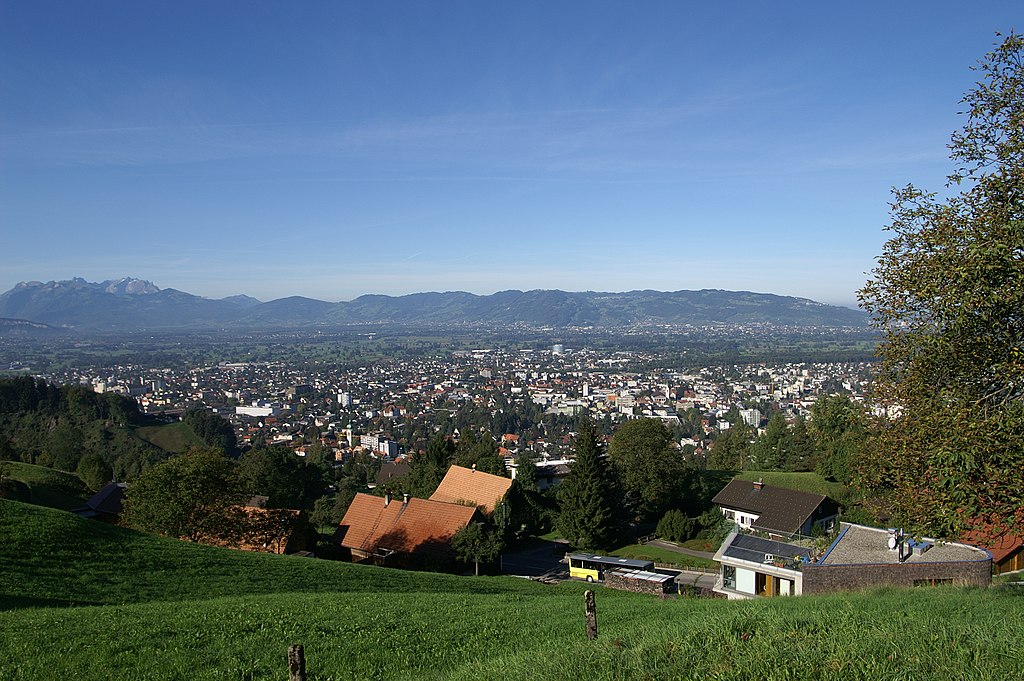
Dornbirn is Vorarlberg’s largest city and an economic center near the Swiss border.
Interesting Fact:
Dornbirn hosts the Rotes Haus, a striking red-painted historic building from the 17th century.
11. Wiener Neustadt (Population: 49,156)
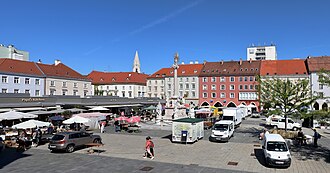
Wiener Neustadt is a historic military city south of Vienna, known for its castle and academy.
Interesting Fact:
It houses the Theresian Military Academy, the world’s oldest military academy still in operation.
12. Steyr (Population: 38,036)
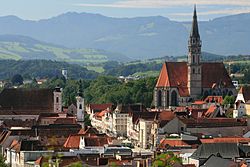
Steyr, at the confluence of the Enns and Steyr rivers, is noted for its well-preserved old town and industry.
Interesting Fact:
Steyr has been a center for arms manufacturing since the 19th century.
13. Feldkirch (Population: 36,708)
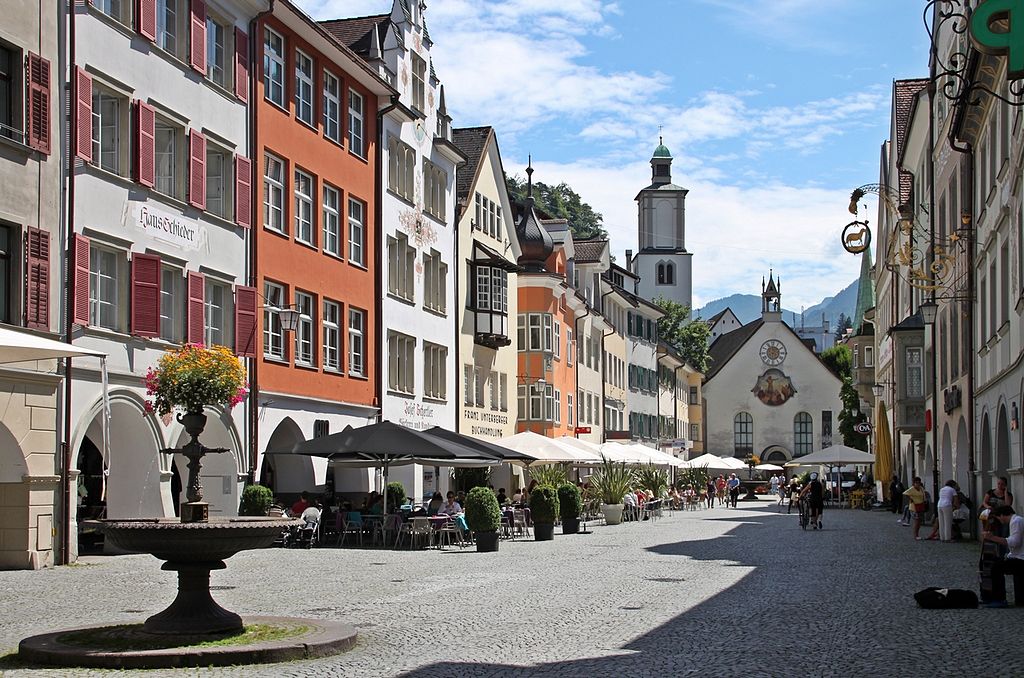
Feldkirch, near the borders with Switzerland and Liechtenstein, features medieval streets and a hilltop castle.
Interesting Fact:
The Schattenburg Castle dates back to the 13th century.
14. Bregenz (Population: 29,476)
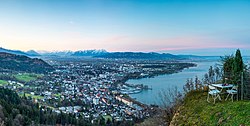
Bregenz lies on Lake Constance and is famous for its floating stage used in the Bregenz Festival.
Interesting Fact:
The Bregenz Festival’s stage is the largest floating stage in the world.
15. Leonding (Population: 29,244)
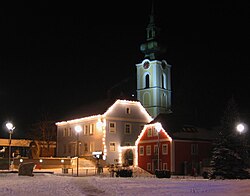
Leonding, near Linz, is a residential and commercial hub with growing infrastructure.
Interesting Fact:
Leonding is known for its proximity to the Danube cycling path.
16. Klosterneuburg (Population: 28,152)
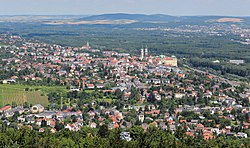
Klosterneuburg is renowned for its Augustinian monastery and vineyards.
Interesting Fact:
The monastery houses the Verdun Altar, a masterpiece of medieval art.
17. Baden (Population: 25,931)
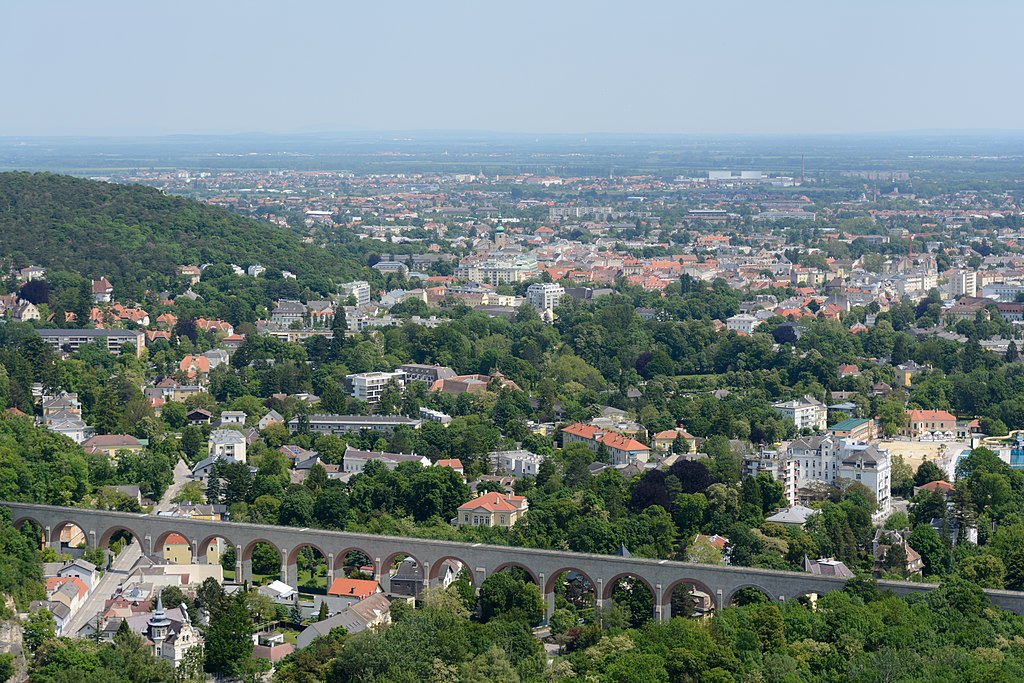
Baden is a spa town near Vienna, famed for its thermal springs and elegant architecture.
Interesting Fact:
Baden was a favorite summer retreat of composer Ludwig van Beethoven.
18. Krems an der Donau (Population: 25,473)
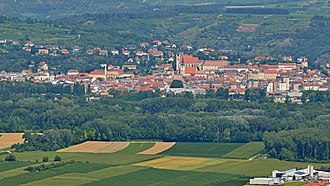
Krems is a historic town in the Wachau Valley wine region.
Interesting Fact:
Krems’ old town is part of the UNESCO-listed Wachau Cultural Landscape.
19. Traun (Population: 25,345)

Traun, near Linz, is a growing residential city with a mix of industry and green spaces.
Interesting Fact:
The city is named after the nearby Traun River.
20. Wolfsberg (Population: 24,961)
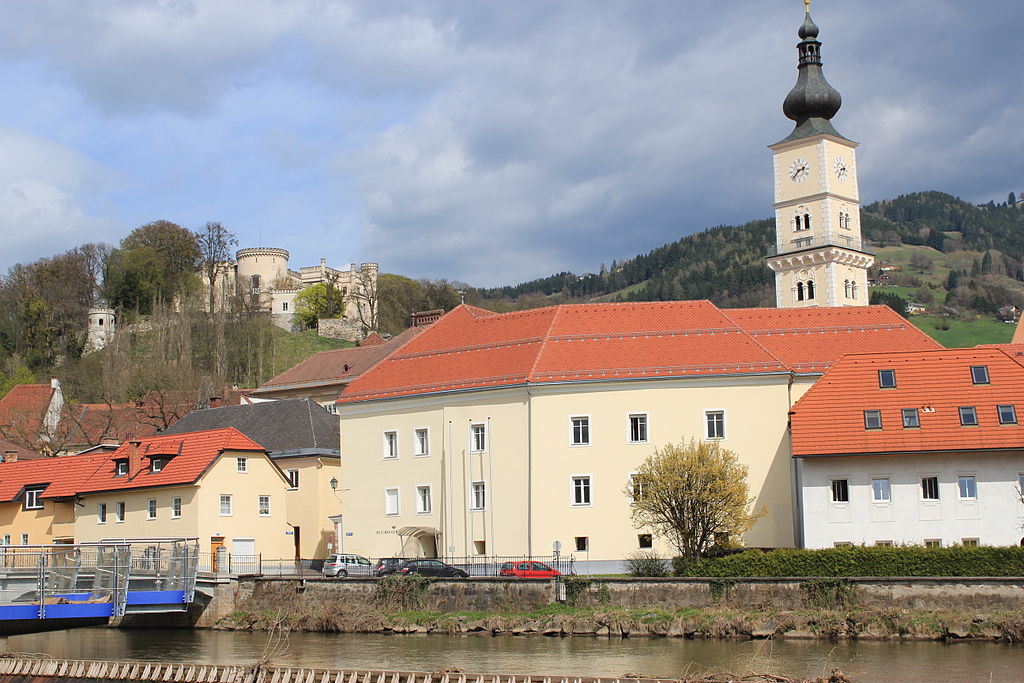
Wolfsberg, in Carinthia, combines medieval architecture with modern amenities.
Interesting Fact:
Wolfsberg Castle dominates the city’s skyline.
21. Lustenau (Population: 24,603)
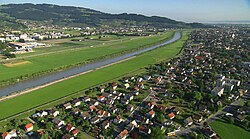
Lustenau, in Vorarlberg, is Austria’s largest market town.
Interesting Fact:
Lustenau is known for its strong textile industry.
22. Leoben (Population: 24,561)
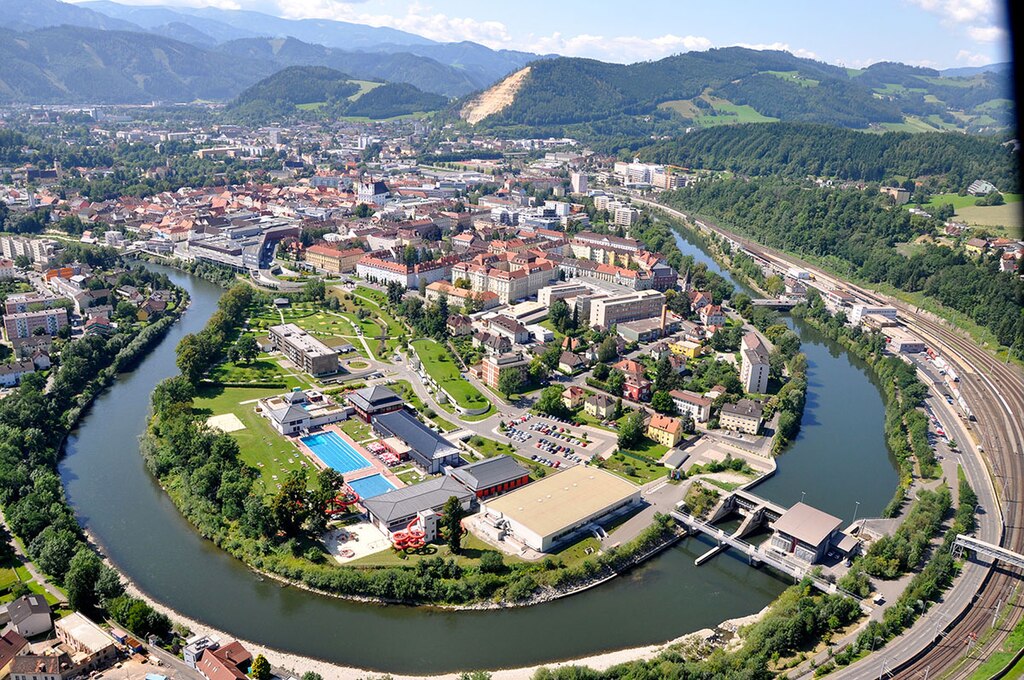
Leoben is a center for mining and metallurgy, home to the University of Leoben.
Interesting Fact:
The Gösser Brewery, one of Austria’s oldest, is based in Leoben.
23. Amstetten (Population: 24,008)
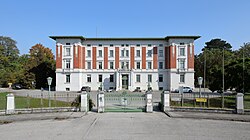
Amstetten, in Lower Austria, is a key transport hub between Vienna and Salzburg.
Interesting Fact:
Amstetten’s history dates back to Roman times.
24. Kapfenberg (Population: 21,907)
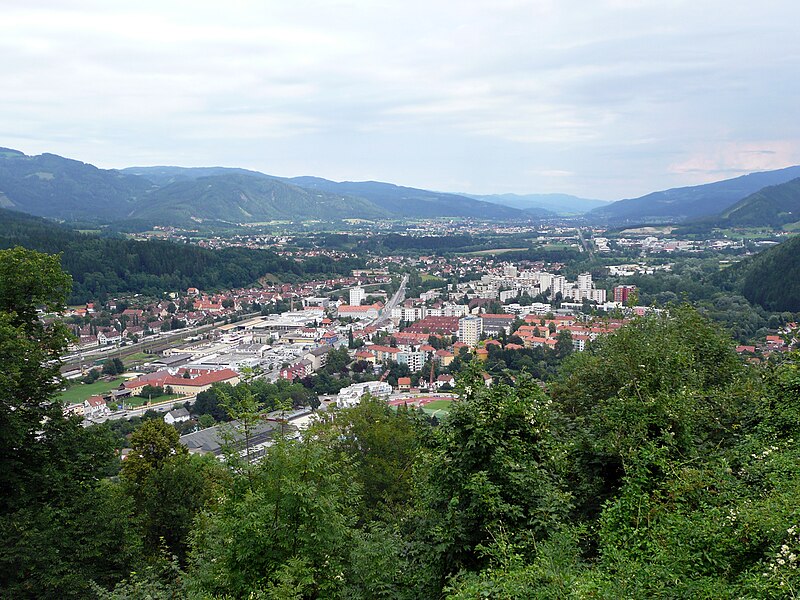
Kapfenberg is an industrial city in Styria with a strong steel production sector.
Interesting Fact:
The Burg Oberkapfenberg castle hosts medieval festivals.
25. Hallein (Population: 21,654)
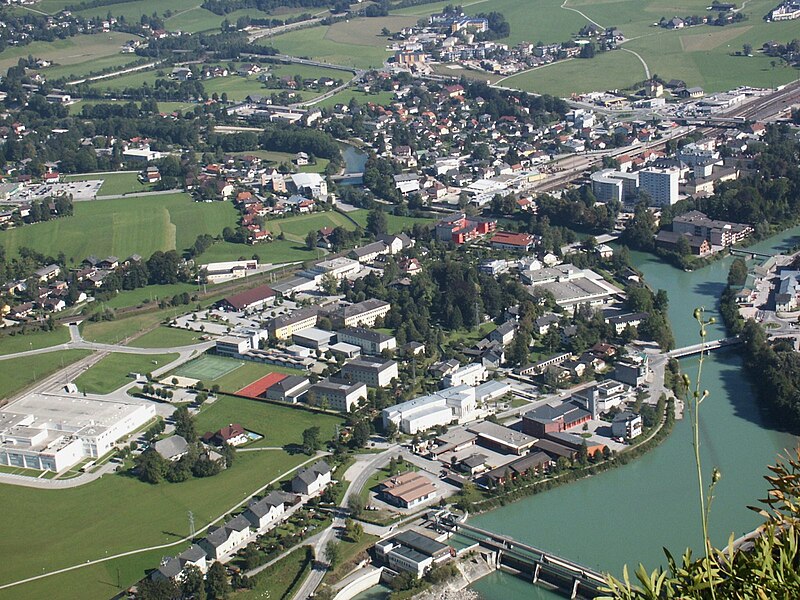
Hallein, near Salzburg, is known for its Celtic heritage and historic salt mining.
Interesting Fact:
Hallein is the burial place of Franz Xaver Gruber, composer of “Silent Night.”




